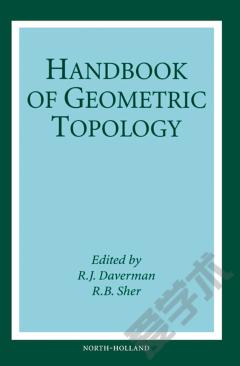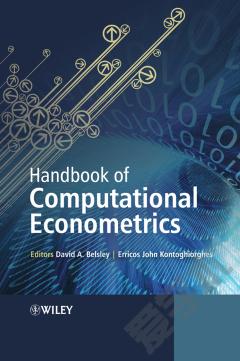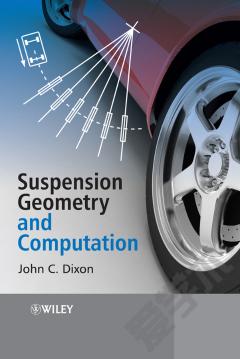Handbook of Discrete and Computational Geometry
The Handbook of Discrete and Computational Geometry is intended as a reference book fully accessible to nonspecialists as well as specialists, covering all major aspects of both fields. The book offers the most important results and methods in discrete and computational geometry to those who use them in their work, both in the academic world s researchers in mathematics and computer science nd in the professional world s practitioners in fields as diverse as operations research, molecular biology, and robotics. Discrete geometry has contributed significantly to the growth of discrete mathematics in recent years. This has been fueled partly by the advent of powerful computers and by the recent explosion of activity in the relatively young field of computational geometry. This synthesis between discrete and computational geometry lies at the heart of this Handbook. A growing list of application fields includes combinatorial optimization, computer-aided design, computer graphics, crystallography, data analysis, error-correcting codes, geographic information systems, motion planning, operations research, pattern recognition, robotics, solid modeling, and tomography.
{{comment.content}}








 京公网安备 11010802027623号
京公网安备 11010802027623号